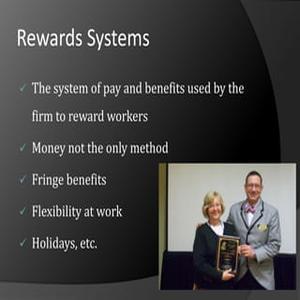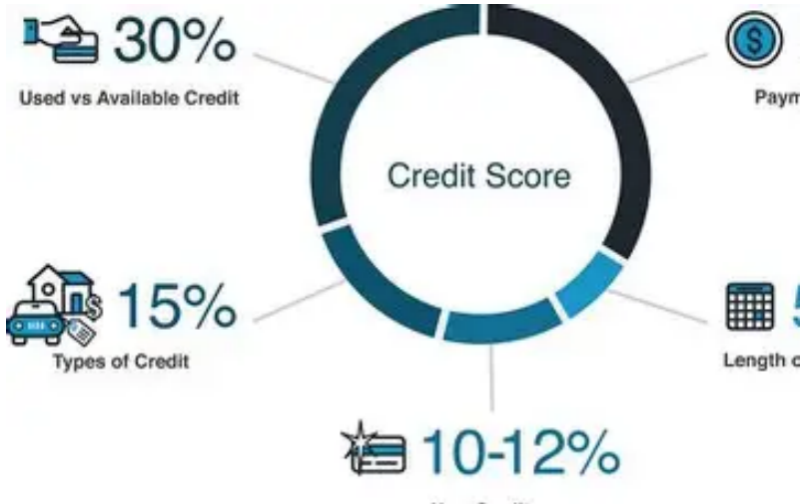Perk Value Beyond the Obvious
High-end credit cards showcase benefits like access to airport lounges and hotel upgrades; however, their real worth often lies in less publicized perks. Some of these cards provide discounts for private jet memberships or exclusive entry to luxury brand pre-sales. Such benefits are significant mainly for those frequently engaged in premium activities. In contrast, practical credit cards deliver value through everyday offerings, such as free grocery delivery and waived ATM fees while traveling. These advantages accumulate steadily for individuals who emphasize reliability over extravagance.

Reward Systems: Flexibility Compared to Specificity
Luxury cards typically promote “points transferable to airline and hotel partners,” but this flexibility can be complicated. You may need to familiarize yourself with redemption policies or use particular booking sites to maximize rewards. In comparison, practical cards provide clear cashback options (2%-3% on fuel and groceries) or fixed-value points (one cent each with no blackout dates). For wealthier individuals who prefer simplicity over averting complex reward systems, practical cards can save precious time— a subtle form of luxury.

Customer Support: Speed Versus Exclusivity
Premium cards claim to have “24/7 concierge services,” yet the reality often diverges. Concierges can take a long time to secure difficult restaurant reservations, and certain requests, like customized travel plans, may be outsourced. Surprisingly, practical cards frequently deliver swifter service for basic needs, such as resolving fraud issues or increasing credit limits promptly. For busy professionals, reliable and quick support for typical concerns can outweigh the occasional exclusive assistance offered by premium cards.
Credit Influence: Subtle Variations
Both types of cards impact your credit score, but often in unnoticed ways. High-end cards typically provide larger credit limits, potentially improving your credit utilization ratio, which is vital for scoring—beneficial if you keep spending in check. Nonetheless, their strict approval requirements mean a hard inquiry could significantly affect your score in the short term. On the other hand, practical cards, with their easier approval process, allow for gradual credit building, and some even report positive activity to credit agencies, making them advantageous for those wishing to diversify their credit without overextending themselves.
Usage Abroad: Beyond Just Fees
Luxury cards typically eliminate foreign transaction fees, yet they can include hidden advantages like emergency cash advances in local currency without extra charges, or complimentary travel insurance for expensive trips (like cruises over $50,000). While practical cards may impose a 1%-2% foreign transaction fee, they often maintain partnerships with international banks for free ATM withdrawals—essential for travelers who favor cash over cards. Your choice depends on whether you require premium safety measures or straightforward, cost-effective access when abroad.

Long-Term Benefits: Loyalty Versus Versatility
Premium cards incentivize long-term customer loyalty with tiered benefits (for instance, additional lounge visits after five years). However, this may restrict you to a single issuer, even when more attractive options become available. In contrast, practical cards do not bind you with loyalty requirements, enabling you to switch easily to those with improved cashback opportunities or new utility benefits (like free streaming services). For affluent individuals who prioritize financial flexibility over brand loyalty, the adaptability of practical cards can serve as a distinct advantage.

NFTs: Value Reborn Post-Bubble

25 Real Estate Financing Secrets Every First-Time Homebuyer Needs to Know to Save Thousands

Credit Card Installments vs. Consumer Loans: Hidden Traps

Cash Flow Thinking: Rethinking How to Earn

Understanding Bond Yields

Digital Yuan: Wallet Revolution Ahead?

The Future of Cryptocurrency: What You Need to Know in 2024
